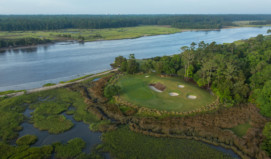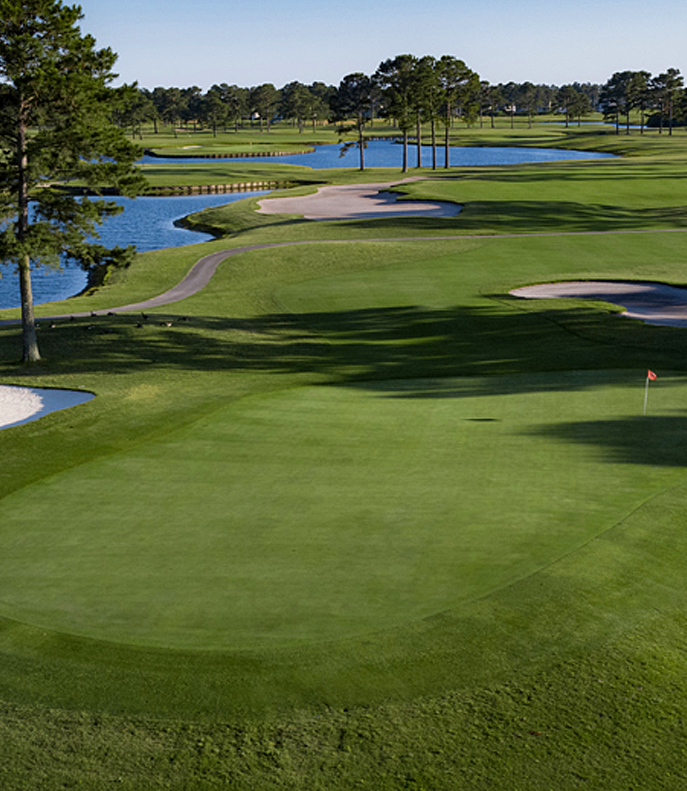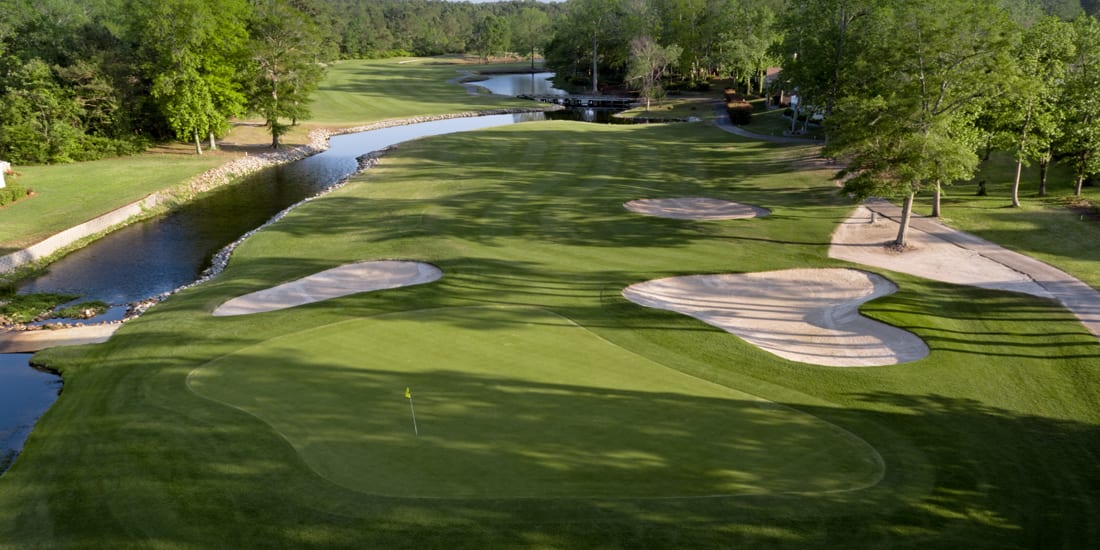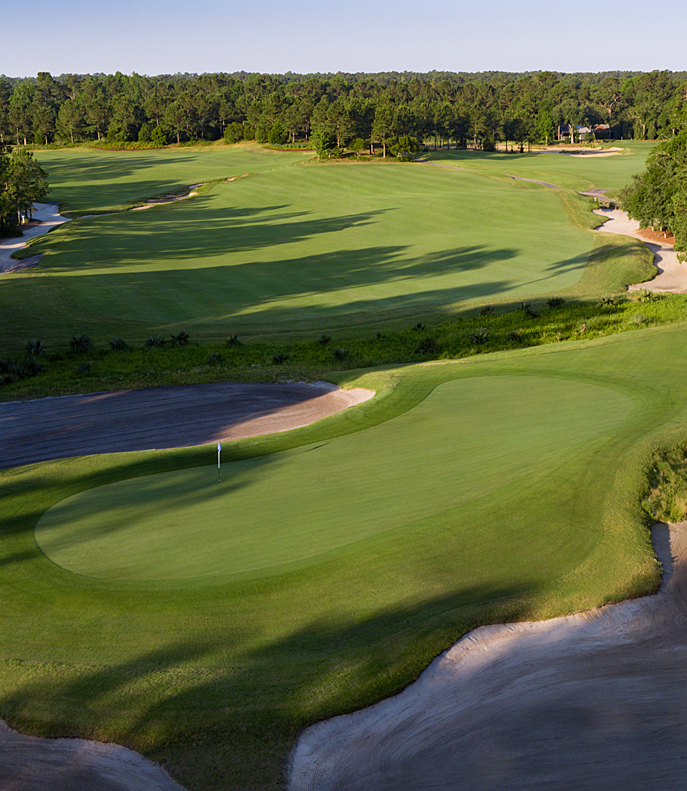There are no secrets when it comes to what attracts players to Glen Dornoch Waterway Golf Links – it’s the handiwork of the U.S. Army Corps of Engineers. Glen Dornoch features five holes that play along the Intracoastal – Instagram stars, all of them – but there is much more to the Clyde Johnston design than that quintet of holes.
Here is what you need to know before playing the Little River layout.
— Don’t be fooled by the scorecard. Glen Dornoch appears to be short – playing 6,436 yards from the blue tees and “just” 6,035 yards from the white tees – but it’s long on challenge. With a course rating and slope of 70.2 and 127 from the white tees, you don’t want to move back unless you are a legit low-handicapper.
— What makes Glen Dornoch challenging? Wetlands. People talk about the waterway, but natural wetlands are everywhere, bisecting fairways in spots that come into play and swallowing wayward shots. The wetlands first emerge on holes five and six and are omnipresent on the back nine. Long story short, don’t mindlessly move back based on distance, and invest in a yardage book before teeing it up.
— Glen Dornoch’s 17th hole (top photo) is the course’s best. The 164-yard par 3 (white tees) borders the marshy waters of the Intracoastal on the left side and a large bunker lined with railroad ties on the right, making it the day’s most exhilarating tee shot.
— The aforementioned wetlands help create a couple funky holes, the dogleg left, par 4 18th (pictured right) chief among them. You have a choice of two tee shots and neither is  appealing – the aggressive play means a lot of risk with limited reward, while the conservative choice will necessitate the day’s longest approach. But funky holes aren’t the story at Glen Dornoch – golfers love the course and you will too.
appealing – the aggressive play means a lot of risk with limited reward, while the conservative choice will necessitate the day’s longest approach. But funky holes aren’t the story at Glen Dornoch – golfers love the course and you will too.
— After you’ve finished, save time for a drink on the clubhouse porch overlooking the double green the 9th and 18th holes share. It’s a beautiful setting. No matter how you played, it’s a peaceful way to conclude the day.





